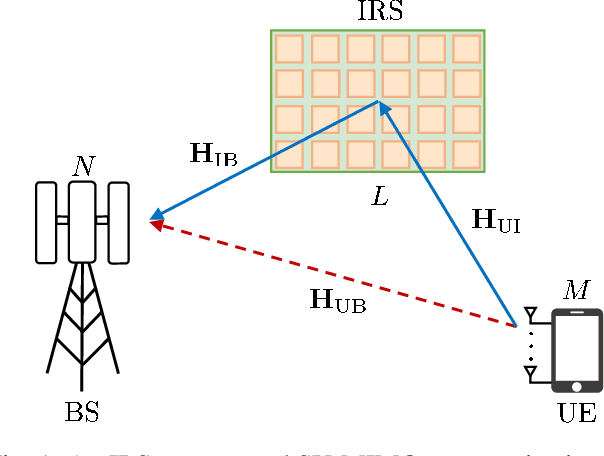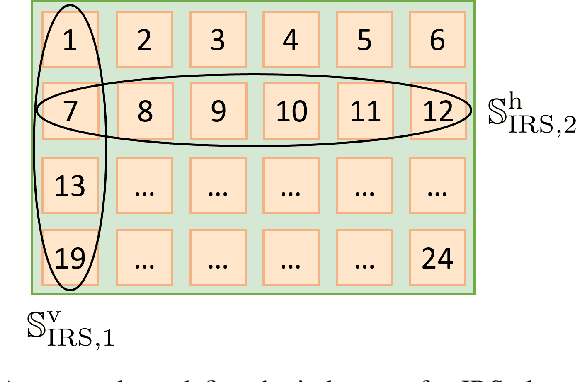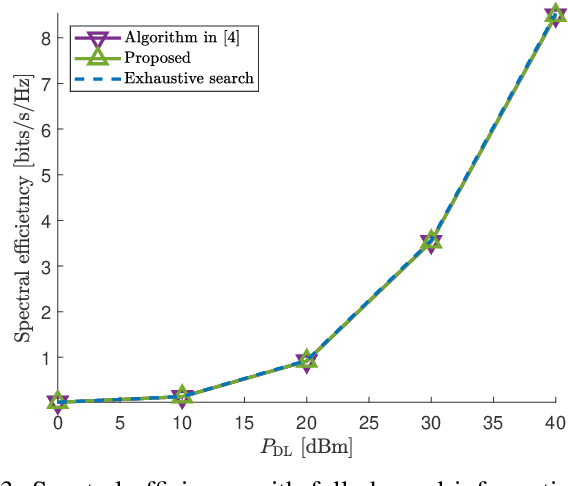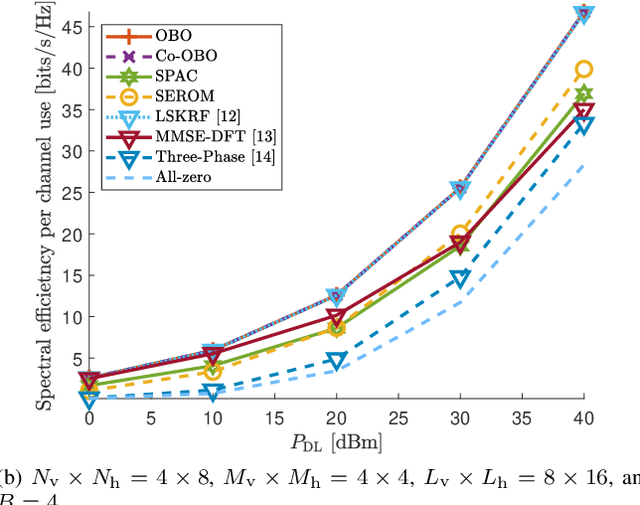Jihoon Cha
Meta-Learning-Based People Counting and Localization Models Employing CSI from Commodity WiFi NICs
Feb 05, 2025



Abstract:In this paper, we consider people counting and localization systems exploiting channel state information (CSI) measured from commodity WiFi network interface cards (NICs). While CSI has useful information of amplitude and phase to describe signal propagation in a measurement environment of interest, CSI measurement suffers from offsets due to various uncertainties. Moreover, an uncontrollable external environment where other WiFi devices communicate each other induces interfering signals, resulting in erroneous CSI captured at a receiver. In this paper, preprocessing of CSI is first proposed for offset removal, and it guarantees low-latency operation without any filtering process. Afterwards, we design people counting and localization models based on pre-training. To be adaptive to different measurement environments, meta-learning-based people counting and localization models are also proposed. Numerical results show that the proposed meta-learning-based people counting and localization models can achieve high sensing accuracy, compared to other learning schemes that follow simple training and test procedures.
Practical Distributed Reception for Wireless Body Area Networks Using Supervised Learning
Dec 14, 2021



Abstract:Medical applications have driven many areas of engineering to optimize diagnostic capabilities and convenience. In the near future, wireless body area networks (WBANs) are expected to have widespread impact in medicine. To achieve this impact, however, significant advances in research are needed to cope with the changes of the human body's state, which make coherent communications difficult or even impossible. In this paper, we consider a realistic noncoherent WBAN system model where transmissions and receptions are conducted without any channel state information due to the fast-varying channels of the human body. Using distributed reception, we propose several symbol detection approaches where on-off keying (OOK) modulation is exploited, among which a supervised-learning-based approach is developed to overcome the noncoherent system issue. Through simulation results, we compare and verify the performance of the proposed techniques for noncoherent WBANs with OOK transmissions. We show that the well-defined detection techniques with a supervised-learning-based approach enable robust communications for noncoherent WBAN systems.
Practical Channel Estimation and Phase Shift Design for Intelligent Reflecting Surface Empowered MIMO Systems
Apr 29, 2021



Abstract:In this paper, channel estimation techniques and phase shift design for intelligent reflecting surface (IRS)-empowered single-user multiple-input multiple-output (SU-MIMO) systems are proposed. Among four channel estimation techniques developed in the paper, the two novel ones, single-path approximated channel (SPAC) and selective emphasis on rank-one matrices (SEROM), have low training overhead to enable practical IRS-empowered SU-MIMO systems. SPAC is mainly based on parameter estimation by approximating IRS-related channels as dominant single-path channels. SEROM exploits IRS phase shifts as well as training signals for channel estimation and easily adjusts its training overhead. A closed-form solution for IRS phase shift design is also developed to maximize spectral efficiency where the solution only requires basic linear operations. Numerical results show that SPAC and SEROM combined with the proposed IRS phase shift design achieve high spectral efficiency even with low training overhead compared to existing methods.
 Add to Chrome
Add to Chrome Add to Firefox
Add to Firefox Add to Edge
Add to Edge